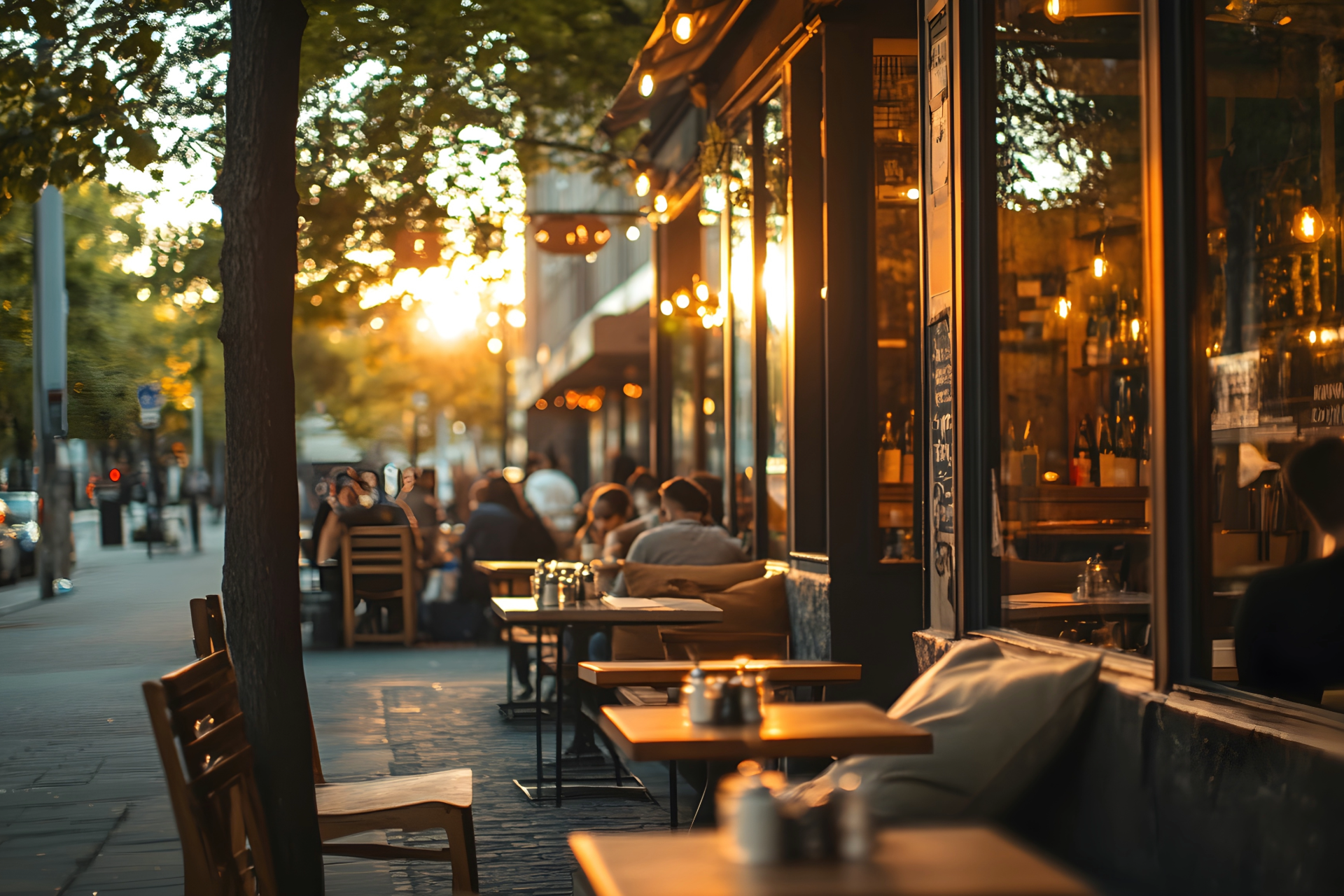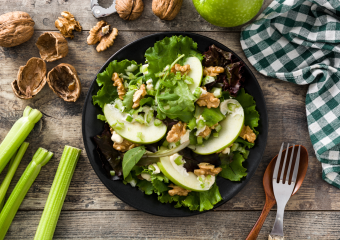Tech That Tastes: Exploring AI’s Top Food Innovation Picks
Introduction to AI-Driven Food Innovations
Tech That Tastes is transforming the culinary world as we know it. With artificial intelligence (AI) stepping into virtually every field, the food industry is not lagging behind. From personalized nutrition plans to robots flipping burgers, the way we cook, eat, and think about food is changing rapidly thanks to AI innovations. This article dives into the most exciting AI-driven technologies currently making headlines and their impact on culinary arts and food services.
AI Personalizes Your Plate
One of the most impressive feats of AI in the food sector is its ability to personalize eating experiences. Diet apps and smart kitchen devices now use AI algorithms to analyze user data, dietary restrictions, and preferences to suggest recipes, create meal plans, or even guide users through cooking processes step-by-step. These AI systems learn from feedback and adjust over time, providing recommendations that suit individual health needs and taste preferences perfectly.
What does this mean for everyday diners and professional chefs alike? For starters, nutrition is becoming more customized than ever before. Chefs can use AI insights to tailor their menus to the wellness needs of their clientele, potentially increasing satisfaction and fostering a healthier community.
AI in Food Processing and Safety
AI technology is also revolutionizing food processing and safety procedures. Through the use of advanced sensors and machine learning models, food processing companies can now predict shelf life, monitor quality in real-time, and optimize production processes to minimize waste. Additionally, AI implementations in food safety can detect pathogens and contaminants at a much quicker rate than traditional methods. This not only ensures safer food distribution but also enhances consumer trust in food products.
Beyond safety, AI’s predictive analytics help companies anticipate market trends, adjust supply chains, and manage inventory more effectively. This efficiency minimizes shortages and surpluses, balancing the market and potentially reducing food waste on a global scale.
The Role of AI in Restaurant Automation
Stepping into the futuristic realm of restaurant automation, AI has introduced a world where culinary robots and drones are becoming commonplace. In some high-tech restaurants, AI-driven robots are deployed to cook meals, manage inventory, and even serve dishes to customers. This automation streamlines operations and allows human staff to focus on creating a more engaging customer experience.
Not only does this reduce the human error factor, but it also paves the way for a consistent culinary standard and faster service. However, the integration of AI in restaurants also sparks debates concerning employment and the essential human touch in hospitality. How these factors balance out will significantly shape the industry’s trajectory.
AI Enhances Food Discovery and Marketing
Another exciting application of AI is in food discovery and marketing. With tools like AI-powered search engines and recommendation platforms, consumers can discover new restaurants, cuisines, and recipes with unprecedented ease. Moreover, food marketers are leveraging AI to analyze consumer behavior, personalize advertisements, and predict upcoming food trends, which in turn inform product development and marketing strategies.
Through sophisticated data analysis, AI helps businesses understand what flavors or products might be a hit, allowing for smarter, more effective marketing campaigns. This can lead not only to higher sales but also to a more dynamic food market continuously responsive to consumer desires.
Conclusion: The Future of Food Is Here
The integration of AI in the food industry is making the art and science of food more exciting, sustainable, and personalized. Though it poses challenges such as workforce displacement and the potential loss of the human touch, the benefits it brings to safety, efficiency, and personalization are formidable.
As we continue to innovate, the relationship between technology and food will undoubtedly grow stronger, redefining our dining experiences in ways we have yet to imagine. Tech that tastes is not just a futuristic concept—it’s the new reality of the culinary world, making every bite smarter than the last.





